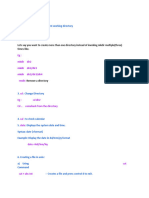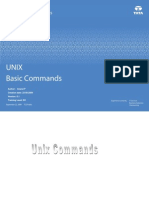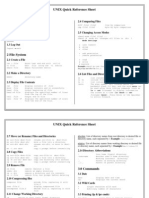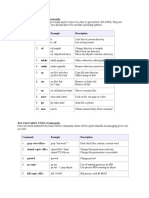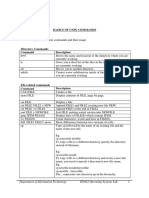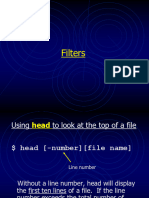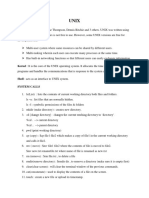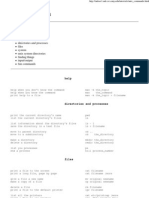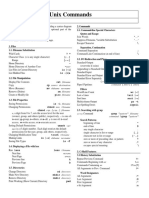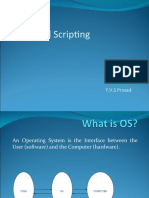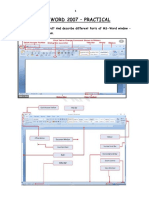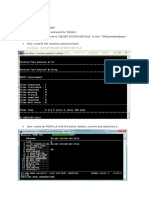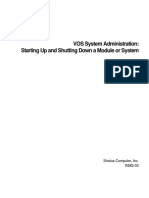Q. Characteristics features of UNIX operating system.
Q. Different types of files supported by Unix.
Q. Advantages of UNIX over windows OS
Q. Differentiate UNIX kernel and shell
Q. Which command help to list the file attributes. What are the file attributes listed. Differentiate hard
link and soft link.
Q. Three modes and their shortcut keys of vi editor
Q. What do you mean by Unix process cycle, Draw a unit diagram of UNIX process cycle
Q. What are the commands for creating child process.
Q. What are the commands for suspending and killing a process. Differentiate job and process.
Q. Differentiate foreground and background process.
Q. Different types of process in Unix
Q. Differentiate orphan and zombie process
Q. Different process attributes we get by ps command ,what is PID?
Q. What are the significance of following environment variable
HOME PATH USER
Q. Linux directory structure as per notes all subdirectories under root and their content.
Eg: Where the device files are stored in unix? Ans. /dev
Eg. Where the login directories of linux user are stored in unix? Ans. /home
Eg. Where the temporary files are stored in unix? Ans. /dev
Eg. Function of vi /etc/asswd
Q. how user created and deleted
.Differentiate internal and external command in unix with example
Q. How to search meta character in linux
To use the grep command to search for metacharacters such as &! . * ? and \, precede the
metacharacter with a backslash (\). The backslash tells grep to ignore (escape) the metacharacter.
For example, the following expression matches lines that start with a period, and is useful when
searching for nroff or troff formatting requests (which begin with a period).
Eg
�$ grep ^\.
Search pattern elements
^ The beginning of a text line
$ The end of a text line
. Any single character
[...] Any single character in the bracketed list or range
[^...] Any character not in the list or range
* Zero or more occurrences of the preceding character or regular expression
.* Zero or more occurrences of any single character
\ The escape of special meaning of next character
COMMANDS
Ps commnd to display process attribute
Lp: to print
Pr: need to format a text file before printing
Tty: terminal number
Cp PATTERN: ls *.txt ls *.* rm *.[!t][!x][!t] cp ????? test
Cp foo foo* lp note[0-1][1-9]
Cat A file contain four agarwal with different spelling ,how to search all using egrep
Touch empty file creation
Mv to cut
�Cal with all option
Date with all option
Sort with option
Uniq with option
Ls with all option
Wc with all option
Cmp
Comm
Diff
How you use cut commands to cut fiels and cut columns from a table with proper option
Give the use of paste in unix with suitable example
Grep with all option
Differentiate c i)at > file cat >> file ii) ls ls -l
First one creates file second one append to the same file
Input redirection eg wc -l <file.txt will count line of file.txt so we take the std input of fie.txt to
apply wc command on it
Output redirection eg ls>file.txt will redirect the output of ls command to file.txt,it
overwrites the previous content
Where as >> is an output operator but it does not overwrite the exiting file but append the new data
Use of pipe | for combine commands see examles
What is chmod command.
Explain with example the symbolic fie permission change using chmod
Eg symbolic : chmod ugo+rwx filename
Octal : chmod 777 filename u-user g-group o-other
R=read( w-write x-execute r=4 w=2 x=1




